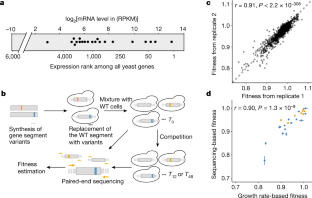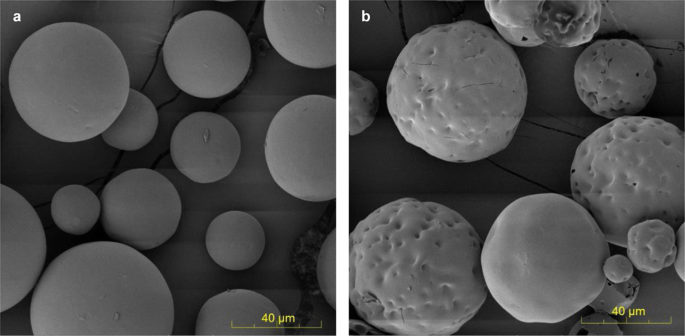2022-06-08 ミシガン大学
しかし、ミシガン大学の生物学者が、実験室で酵母細胞の遺伝子操作を行い、6月8日に『Nature』誌のオンライン版に発表した研究では、同義性突然変異のほとんどが強く有害であることが明らかになった。
同義性突然変異の多くが強い非中性であることは、他の遺伝子や他の生物にも当てはまることがわかれば、ヒトの疾病メカニズム、集団および保全生物学、進化生物学の研究に大きな影響を与えるだろうと、研究者らは述べている。
<関連情報>
- https://news.umich.edu/study-most-silent-genetic-mutations-are-harmful-not-neutral-a-finding-with-broad-implications/
- https://www.nature.com/articles/s41586-022-04823-w
酵母の代表的な遺伝子における同義性変異は、ほとんどが強く非中性である Synonymous mutations in representative yeast genes are mostly strongly non-neutral
Xukang Shen,Siliang Song,Chuan Li &Jianzhi Zhang
Nature Published:08 June 2022
DOI:https://doi.org/10.1038/s41586-022-04823-w

Abstract
Synonymous mutations in protein-coding genes do not alter protein sequences and are thus generally presumed to be neutral or nearly neutral1,2,3,4,5. Here, to experimentally verify this presumption, we constructed 8,341 yeast mutants each carrying a synonymous, nonsynonymous or nonsense mutation in one of 21 endogenous genes with diverse functions and expression levels and measured their fitness relative to the wild type in a rich medium. Three-quarters of synonymous mutations resulted in a significant reduction in fitness, and the distribution of fitness effects was overall similar—albeit nonidentical—between synonymous and nonsynonymous mutations. Both synonymous and nonsynonymous mutations frequently disturbed the level of mRNA expression of the mutated gene, and the extent of the disturbance partially predicted the fitness effect. Investigations in additional environments revealed greater across-environment fitness variations for nonsynonymous mutants than for synonymous mutants despite their similar fitness distributions in each environment, suggesting that a smaller proportion of nonsynonymous mutants than synonymous mutants are always non-deleterious in a changing environment to permit fixation, potentially explaining the common observation of substantially lower nonsynonymous than synonymous substitution rates. The strong non-neutrality of most synonymous mutations, if it holds true for other genes and in other organisms, would require re-examination of numerous biological conclusions about mutation, selection, effective population size, divergence time and disease mechanisms that rely on the assumption that synoymous mutations are neutral.


